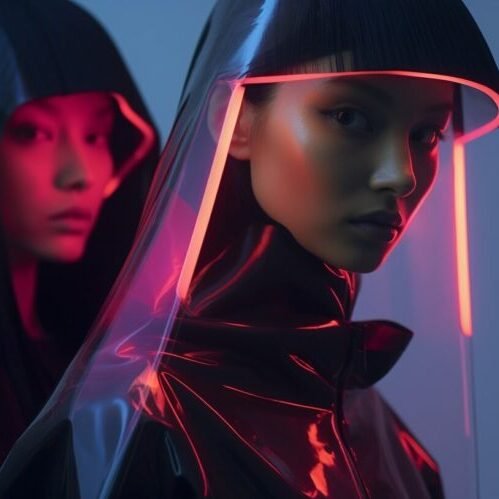The user experience is not a singular event; it is a symphony of interactions, each note contributing to an overarching impression. Among the many tools available to online retailers, complementary features—wishlists, “save for later” options, “notify me” alerts, and newsletters—stand as subtle yet essential players in this composition. Their influence is quiet but profound, shaping the contours of engagement, satisfaction, and loyalty.
The Wishlist: A Map of Intention
A wishlist is more than a collection of potential purchases; it is a narrative of aspiration. It organises desires, lending structure to the often chaotic nature of online browsing. A wishlist transforms fleeting interest into sustained intent, bridging the gap between curiosity and action.
But the wishlist’s role extends beyond the individual. It is also a tool of social exchange, enabling users to communicate their preferences to others, to hint and hope, to orchestrate the surprise of giving. To design a wishlist well is to design a medium of connection. It must be accessible yet private, simple yet rich in detail. Its greatest strength lies in its duality: both deeply personal and quietly social.
Save for Later: The Art of Pausing
The “save for later” button acknowledges a fundamental truth of decision-making: timing matters. By allowing users to remove items from their carts without relinquishing them entirely, this feature creates a space for reflection. It respects the user’s need to deliberate, to navigate the tension between impulse and reason.
Yet this feature is more than a convenience; it is a gesture of trust. It says to the user, “Take your time; we will wait.” Such a promise must be honoured with precision. Items saved must be easy to rediscover, their context preserved. To falter here is to betray the very trust the feature seeks to build.
Notify Me: The Pulse of Availability
The “notify me” function turns absence into opportunity. It transforms the disappointment of an out-of-stock item into a moment of anticipation, a promise of fulfilment yet to come. But this promise is fragile. It must be timely, precise, and respectful of the user’s attention.
A poorly executed notification—a delay, a misstep—shatters the illusion of immediacy. The user, already at the edge of engagement, retreats. To perfect this feature is to perfect timing itself, to understand not only when to speak but also how often, and in what tone.
Newsletters: The Whisper of the Brand
A newsletter is a paradox: an interruption that must feel like an invitation. It enters the user’s inbox, a space both personal and professional, seeking not only to inform but to delight. Its power lies in its ability to connect the particular with the universal, to offer something uniquely tailored yet widely resonant.
But the newsletter’s potential is often squandered. Overloaded with irrelevant offers or generic content, it becomes noise. To rise above, a newsletter must be curated with care. Its tone must align with the brand’s voice; its content must align with the user’s needs. It must feel less like a broadcast and more like a conversation, one that the user looks forward to continuing.
A Holistic Approach
These features do not exist in isolation. Their power lies in their interplay, in the way they complement and reinforce one another. A wishlist without a “notify me” option is an incomplete promise. A “save for later” button that loses its memory across devices breaks the user’s trust. Each feature must be designed not only for its individual utility but for its role within the ecosystem of the user journey.
This is the challenge for the UX researcher: to see the whole within the parts, to design not only for functionality but for feeling. To do so requires empathy, a deep understanding of what it means to be a user—not as a statistic but as a person. It requires precision, an attention to detail so fine that it becomes invisible.
Conclusion
Complementary features are not mere enhancements; they are the scaffolding of the user experience. They shape how users interact with the platform, how they perceive the brand, how they feel about their journey. To design them well is to design an experience that is seamless yet surprising, intuitive yet profound.
Retailers who master these tools will find themselves not only meeting user expectations but exceeding them, creating experiences that linger in memory and inspire loyalty. In the competitive world of online retail, it is not the grand gestures but the subtle touches that set the exceptional apart from the merely adequate. And it is in these touches that the art of UX finds its most eloquent expression.
